Jump to:
In garden spaces, the importance of shade cannot be overstated. Be it you’re seeking relief from the sun’s intensity or creating a haven for your shade-loving plants, you name it. So, in this guide, we’ll provide practical tips for transforming your outdoor space. Discover creative solutions to make your backyard retreat cool and inviting. Keep reading!
Assess Your Garden

(Image Credit: Wikimedia Commons)
First, you need to understand how much sun your garden gets. Start by identifying sunlight patterns in various areas. Observe which spots receive full sun, partial sun, or stay shaded throughout the day. Knowing these details can help you customise how you add shaded spots to your space.
Equally vital is recognising the specific needs of your plants. Some plants flourish in direct sunlight, while others prefer shade shelter. Take note of their sun needs, considering factors like intensity and duration. With this, you can arrange sun-loving and shade-loving plants strategically. Assessing sunlight and plant requirements lays the foundation for a healthy, lush garden.
Types of Shade

There are different types of shade for creating a cosy and balanced garden. For one, planting trees and shrubs strategically. This provides a natural way to shade you and your plants from too much sun.
Additionally, consider artificial garden shades to meet your specific needs. A garden parasol provides adjustable and portable shade. This feature allows you to control sunlight exposure for different areas. Pergolas, in contrast, offer a stylish and permanent shade solution like garden gazebos. A garden shade sail can be customised to cover specific plant beds or entire garden sections.
Tip: Mixing natural and artificial shade helps your garden adapt to changing sunlight. Trying various options also ensures a customised approach.
Choosing Shade Plants

Selecting the right shade plants plays a role in creating a flourishing garden. Look for varieties that thrive in shaded areas, bringing life to spots with less sunlight. Consider shade-loving varieties like hostas, ferns, and impatiens. These blooms are well-known for their resilience in low-light conditions.
To ensure success, follow these tips:
- Know your shade: Understand the specific type of shade in your garden. Is it receiving partial, full, or dappled? Remember that different plants have varying shade tolerance levels.
- Soil quality: Assess your soil type. Choose plants that are well-suited to its composition for optimal growth and health.
- Watering needs: Consider the water requirements of your chosen plants. Some shade-loving plants prefer consistently moist soil, while others can withstand drier conditions.
- Height and spread: Plan for the mature size of your plants. Ensure they have enough space to grow without overcrowding. This helps maintain a balanced and aesthetically pleasing garden.
Designing Shade Spots

When creating shade spots in your garden, think about how to make them both useful and attractive. Look at where sunlight is strongest. Then, place structures like umbrellas or pergolas there to provide cover from the sun.
Creating a balance between sun and shade is crucial for a well-rounded garden design. Avoid casting permanent shadows over essential plant beds. Instead, aim for a harmonious distribution of sunlight. This helps your plants stay healthy and adds to how good your outdoor space looks.
Experiment with the placement of shade elements to create inviting nooks for relaxation. Think of movable options to adjust to changing sunlight during the day or across seasons. By carefully designing shade spots, you improve how well your garden works.
Additional Tips
To take good care of your garden, focus on saving energy and adjusting to changing sunlight. Here are some tips to make your garden work better:
- Energy-efficient practices: Opt for eco-friendly practices that reduce energy consumption. Use solar-powered outdoor lights, such as solar powered lanterns. Not only will they illuminate your garden, but also contribute to sustainability.
- Water conservation: Implement water-efficient irrigation systems to minimise water waste. Use rain barrels to collect and use rainwater for your garden’s hydration needs.
- Mulching: Apply a layer of organic mulch around your plants to retain soil moisture. This technique also helps regulate temperature and suppress weed growth. Plus, it contributes to the overall health of your garden while conserving water.
- Seasonal adjustments: Be mindful of seasonal changes. Adjust the placement of shade structures accordingly. In warmer months, ensure that sun-sensitive plants receive ample shade. Meanwhile, in colder months, allow sunlight to reach areas that need warmth.
By following these tips, you make your garden more energy-efficient and adaptable.
Round-up
Making your garden shady is more than just making it look good. Choosing the right plants and designing shade thoughtfully creates a livelier outdoor space. With these steps, your garden becomes a peaceful sanctuary in tune with nature.
Explore our garden shades for sale, including Sunjoy gazebo models, exclusively at BillyOh! Up next on your reading list: How to Keep Cool with a Garden Shade


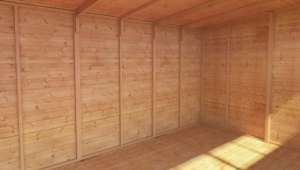


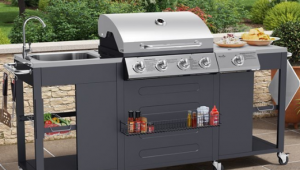
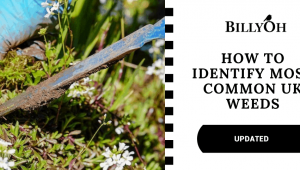

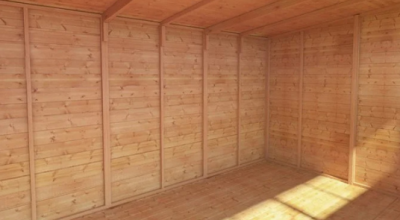
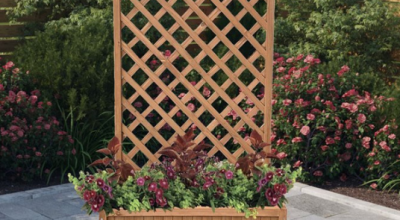
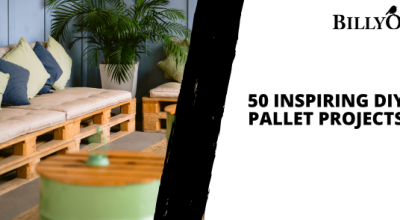
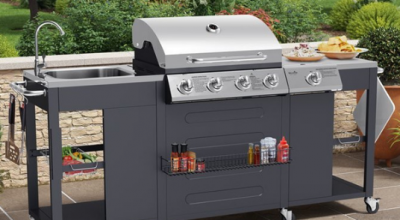

What do you think ?